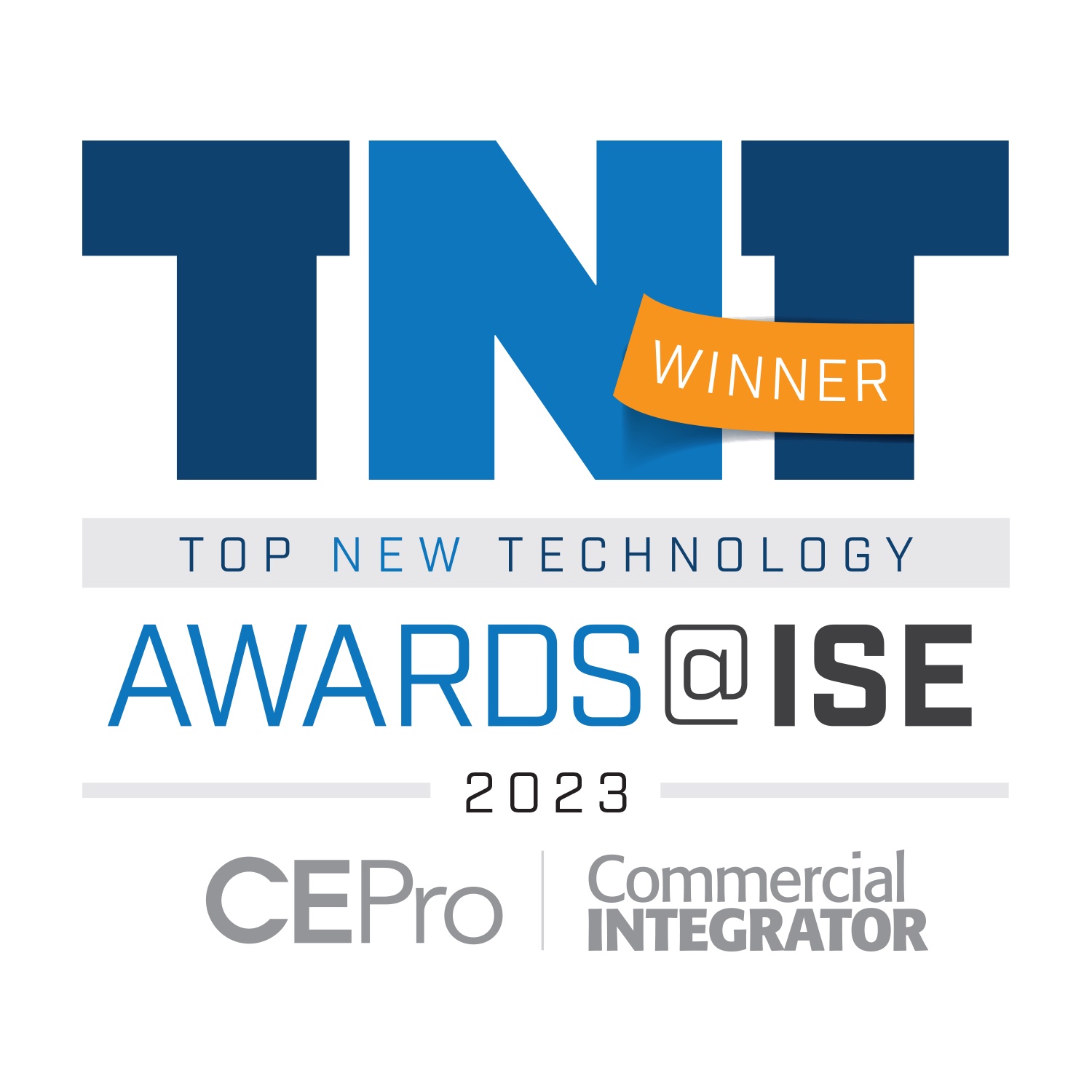- Our Range
-
-
Browse by Product Category
-
-
-
-
Browse by Brand
-
-
-
-
-
-
- Inside Kordz
- Resources
- Where to Buy
- Contact Us
Technology
-
Product outline
- Enables delivery of ANSI/TIA-568.2-D Cat6A performance up to 50m
- Durable ‘snap-proof’ nylon latch
- Nickel-plated metal shielding
- Transparent polycarbonate body for termination ease
- Tinted wire-manager for handling ease and insertion verification
- Optional PRO strain relief available featuring a removable locking pin
- 3bt 100W PoE++ capable
- UL94 V-0 fire-rated
- Eco-friendly packaging
- Lifetime warranty
-
Technical info
GENERAL
Guaranteed Performance Category : Category 6A
Applicable Performance Standards : ANSI/TIA-568.2-D
Power over Ethernet Performance : IEEE 802.3bt PoE++ (max 100W)
Power over Ethernet Tested Standards : IEC11801
Shielding Type : Shielded
Shielding Material : Brass with nickel plating
Wiring Method : T568A | T568BDIMENSIONS
Body Length : 22.50mm
Body Width : 11.68mm
Body Height : 6.6mmMECHANICAL
Housing material : Polycarbonate & Nickel Plating
Flammability Rating : UL 94 V-0
Housing Colour : Transparent
Contact Type : 3 Prongs, Solid / Stranded
Gold Plating : 50μ”
Liner : Included -
Warranty
Kordz PRS SlimCat™ Crimp Connector and Strain Relief are backed by our Lifetime Guarantee that promises maintained product functionality and performance for your lifetime.
-
Reviews
No reviews yet, for the meantime would you take one minute to leave a feedback about your experience?
Leave a Review -
Downloads
PRS Series SlimCat™ CAT6A Crimp Connector
The Kordz PRS SlimCat™ Shielded RJ45 Crimp Connector is designed specifically for use with the Kordz PRS SlimCat™ Cat6A Network Cable and features an innovative composite construction that incorporates a shielded nickel body and a durable ‘snap-proof’ nylon latch and is compatible with the PRO SlimCat™ Strain Relief. This connector is rated for IEEE802.3bt PoE++ at 100W.
Match it with other Kordz PRS SlimCat™ Cat6A components for a complete Kordz ecosystem that delivers ‘Connectivity Assured’.
Compatible Strain Relief: PRO Series SlimCat Strain Relief
Select Colour Option:
- Description
- Order
- Price (AUD$)
- Product Code
- Stock Level
- Carton's QTY
-
Box of 100, Metal
250.99 (inc GST) T3R58M-6A2S-CL In stock
Frequently asked questions about product
-
What is the maximum length of a Cat6 cable?
For Cat6 runs, the maximum length is 328 feet. Two walls jacks are connected to the patch panel by 295 feet of solid cable, and 16 feet of stranded cable runs between the two jacks.
-
How many times can the plugs be used?
The plugs on the ends of Ethernet cables can be used between 1,000 and 2,000 insertions.
-
Why use Cat6 Ethernet cables over CAT5?
Ethernet Cat6 cables are backward compatible with other cables and use twisted pair connections. Crosstalk and noise specifications for Cat6 cables are more stringent than Cat5 and Cat5e cables. Performance can also be specified up to 250 megahertz (MHz) with a CAT6 cable.
-
What do Ethernet cables consist of?
Every type of Ethernet cable has an outer jacket containing four twisted pairs of wires. The twisting of the cable prevents any interference that would otherwise occur within the pairing.
-
What is the general purpose of Ethernet cables?
Ethernet cables connect technological devices together through a local area network. They are most commonly found attached to computers, routers, televisions, game consoles, and switches.
















































Reviews
There are no reviews yet.